Browse this site's news, projects, and people highlights via any of the topics in the dropdown list or below each content description.
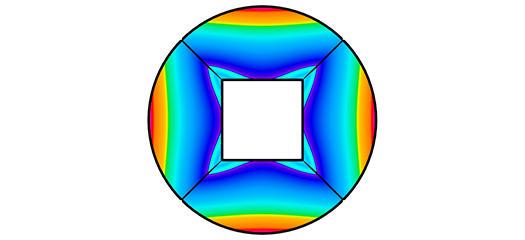
ETHOS
The Enabling Technologies for High-Order Simulations (ETHOS) project performs research of fundamental mathematical technologies for next-generation high-order simulations algorithms.

GOLLNLP
Responding to a DOE grid optimization challenge, an LLNL-led team developed the mathematical, computational, and software components needed to solve problems of the real-world power grid.
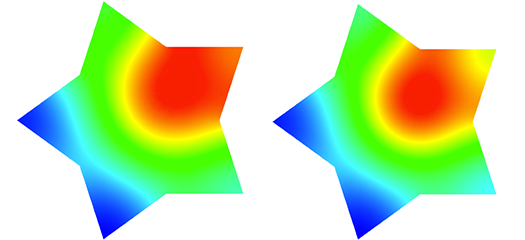
libROM
libROM is a library designed to facilitate Proper Orthogonal Decomposition (POD) based Reduced Order Modeling (ROM).
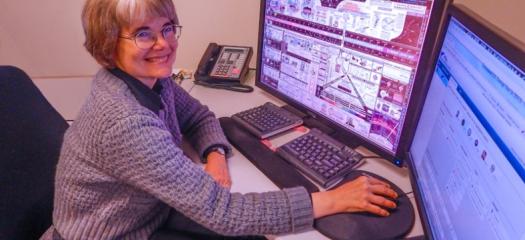
Carolyn Albiston
Carolyn Albiston is a research software engineer in NIF Shot Data Systems. Her career is a culmination of her wide range of varied interests and skills.
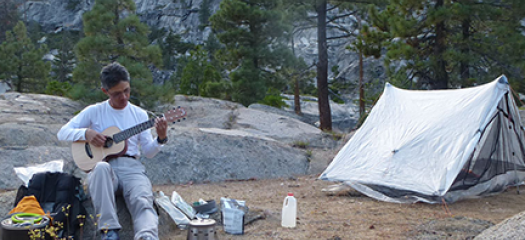
Brian Gunney
From wind tunnels and cardiovascular electrodes to the futuristic world of exascale computing, Brian Gunney has been finding solutions for unsolvable problems.

Kevin McLoughlin
Kevin McLoughlin has always been fascinated by the intersection of computing and biology. His LLNL career encompasses award-winning microbial detection technology, a COVID-19 antiviral drug design…

Faster topology optimization: an emerging industrial design technique gets a speed boost
Researchers at Brown University, LLNL, and Simula Research Laboratory have developed a new algorithm to help optimizers arrive at solutions in fewer iterations, saving valuable computing time.
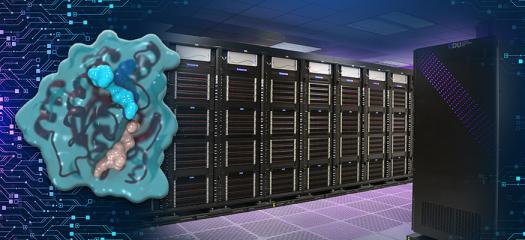
Cancer drug candidate developed using supercomputing & AI blocks tumor growth without toxic side effect
A new cancer drug candidate developed by LLNL, BridgeBio Oncology Therapeutics, and the Frederick National Laboratory for Cancer Research has demonstrated the ability to block tumor growth without triggering a common and debilitating side effect.

LLNL, Amazon partner on groundbreaking AI integration at the National Ignition Facility
LLNL and Amazon Web Services are partnering to leverage the power of AI to enhance operations at the National Ignition Facility.
